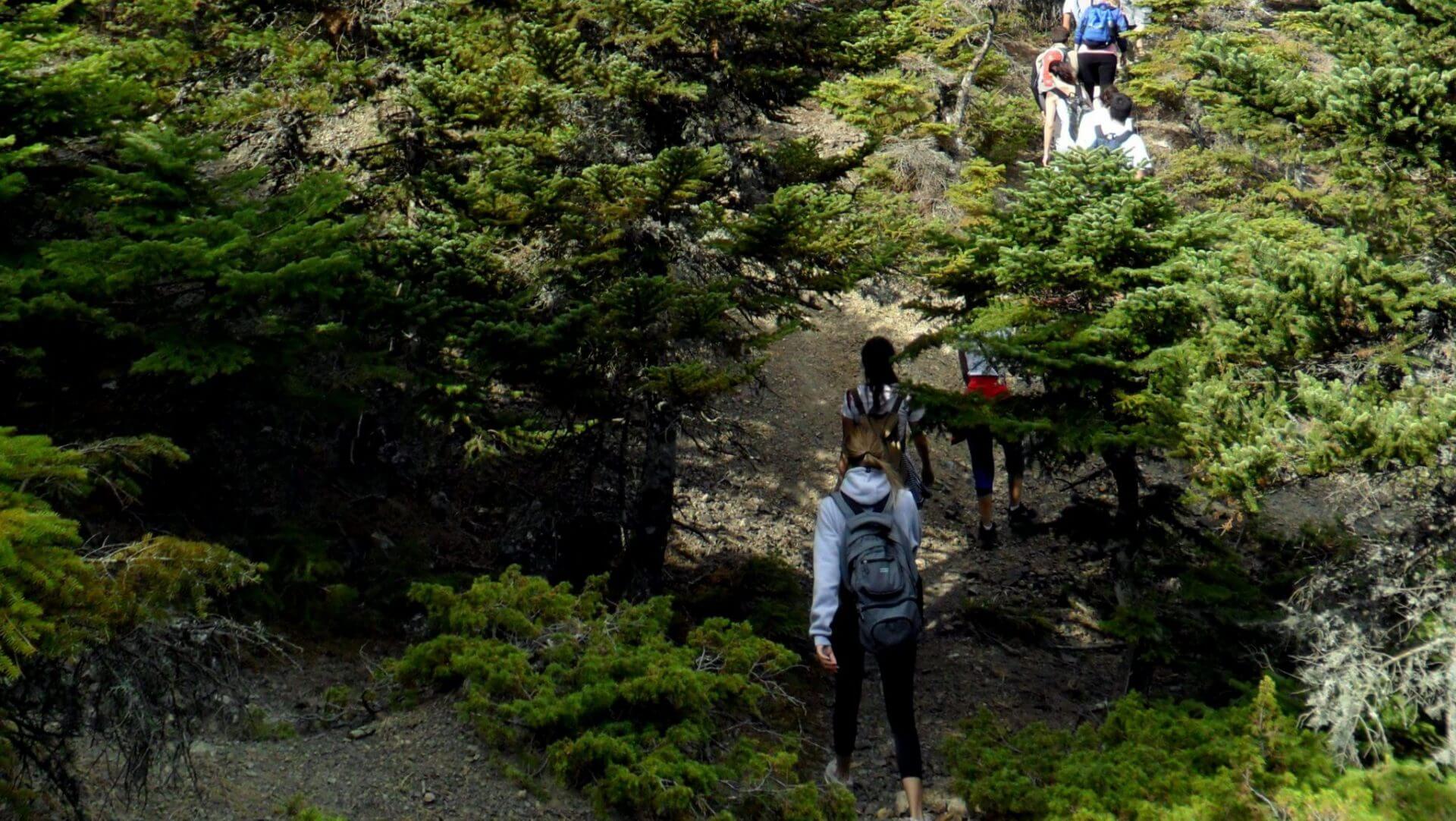Hymettus – Aesthetic Forest of Hymettus – Lake Vouliagmeni (GR3000006)
Useful
Information
YMITTOS - AESTHETIC FOREST OF KESARIANI - LAKE VOULIAGMENI (GR3000006)
Informations
Address:
YMITTOS - AESTHETIC FOREST OF KESARIANI - LAKE VOULIAGMENI (GR3000006)
Hymettus – Aesthetic Forest of Hymettus – Lake Vouliagmeni (GR3000006)
The total protected area extends at 8812.7900 hectares. Hymettus is a long but narrow mountain (that has a total length of 20 km), with its highest peak reaching 1026 m. An intense but short gorge separates the northern part of the mountain from the southern. The commonest rock of northern Hymetttus is the schist, while limestones can also be found particularly at the southern and western parts of the mountain. This explains the lack of springs, which can only be found at those parts of the site, where the two kinds of rock overlap. Occasionally, there are massif layers of marble under the schist. The annual precipitation ranges from 400 to 600mm. Finally, the area of Hymettus includes a great number of small and large caves. The maquis vegetation on the site consists of low individuals of Quercus coccifera.
It is essential for the improvement of life quality in the urban areas to act towards the preservation of the wildlife that might be neighboring the urban areas in question. This is the case for the request regarding the preservation of the natural habitats and the wildlife of Hymettus Mountain. Despite the fact that the natural ecosystems of the mountain have more or less been affected by human pressure, a well-organized and ecologically sound management plan will certainly contribute towards the conservation and enrichment of its wildlife. However, some people consider Hymettus to be a place for waste deposits or an area that can host new settlements. Nevertheless, the mountain’s wildlife still survives no matter the pressure and does not stop to surprise us by its unique biodiversity for a mountain so close to a huge urban area.
Many endemic taxa have been noted in its flora (some of which are protected under the Greek law (Presidential Decree 67/81). The most interesting endemic of the site is Fritillaria obliqua that is included in the Bern convention (Revised Appendix I, 1992) and in Appendix IV of the Council Directive 92/43/EEC. In addition, some other taxa are of community interest, as Greece is the only EU country where they can be found: Onosma graeca and Veronica glauca ssp. glauca (balkan endemics); Anthemis cretica ssp. cretica (only in Anatolia out of Greece); Dianthus serratifolius ssp. serratifolius (found only in Attki and Libya); Atraphaxis billardieri (Greece and Asia); Brassica cretica ssp. cretica (a chasmophyte found only in C. & S. Lebanon out of Greece). Carum graecum ssp. graecum is a Balkan endemic plant.
The area around Hymettus is closely related to the history of the development of botany and ecology in Greece. As a matter of fact, since as far back as the times of Orphanides and Heildreich (mid-19th century), many plant species were first collected and described from here. This is the reason why many plants of the Greek flora have as second name the word “hymettia” or “hymetium”. Concerning the fauna of the area, it includes many endemic taxa of invertebrates and many protected species.
A specific reference must be made to Paranemonia vouliagmenensis, a stenoendemic to Limni Vouliagmeni (also known as Vouliagmeni Lake). Limni Vouliagmeni lies at the southern slopes of the mountain. It is certain that there are subterranean channels that allow the sea to communicate with the lake. The lake is quite deep and a submarine cave ends there. Among its 14 tunnels is the longest in the world, measuring 800 meters in length and reaching a depth of 80 meters. Also, in the area of the lake a new species, Trimium atticum, has recently been found, providing evidence of the fact that the flora and fauna of Hymettus is far from being completely known. Additionally, Lake Vouliagmeni has been recognized by the Greek state as a Natural Thermal Resource. Specifically, it is recognized by the Ministry of Culture as one of the 20 Thermal Springs of Greece. Apart from its ecological value, Hymettus has historical importance. Many monasteries were built on its slopes, dating back to the 15th century. The most well-known is the Kaisariani Monastery, which is located inside the Kaisariani aesthetic forest.
In conclusion, the wildlife of the mountain can be ideally used for educational purposes not only by the University of Athens students but also by students of the general Athens area, no matter the age.
Other important plant species are: Centaurea attica, Scorzonera crocofolia, Fritillaria obliqua, Consolida tenuissima are endemic species protected by the Presidential Decree 67/81. Atraphaxis billardieri is an isolated representative of an Asiatic genus, a rare species on rocky macchie on limestone in Sterea Ellas (Hymettus, Euboea, Tymfristos), Kriti, Samos, Chios, Rodos. The mammal Pipistrellus pipistrellus, the amphibian Bufo viridis, the reptiles Lacerta viridis, Coluber najadum, Chalcides ocellatus, Natrix natrix, and Malpolon monspessulanus are protected by the Presidential Decree 67/81.
4 species and 8 habitats are protected under the EU Habitats and Birds directives as it follows:
Species:
Green turtle Chelonia mydas, Silene holzmannii, Hermannn’s Mediterranean Tortoise Testudo hermanni, and Marginal Tortoise Testudo marginata.
Habitats:
Vegetated Sea cliffs of the Mediterranean coast with endemic Limonium spp., Arborescent matorral with Juniperus spp., Sarcopoterium spinosum phrygana, Calcareous rocky slopes with chasmophytic vegetation, Caves not to open to the public, Submerged or partially submerged sea caves, Olea and Ceratonia forests, Mediterranean pine forests with endemic Mediterranean pines.








